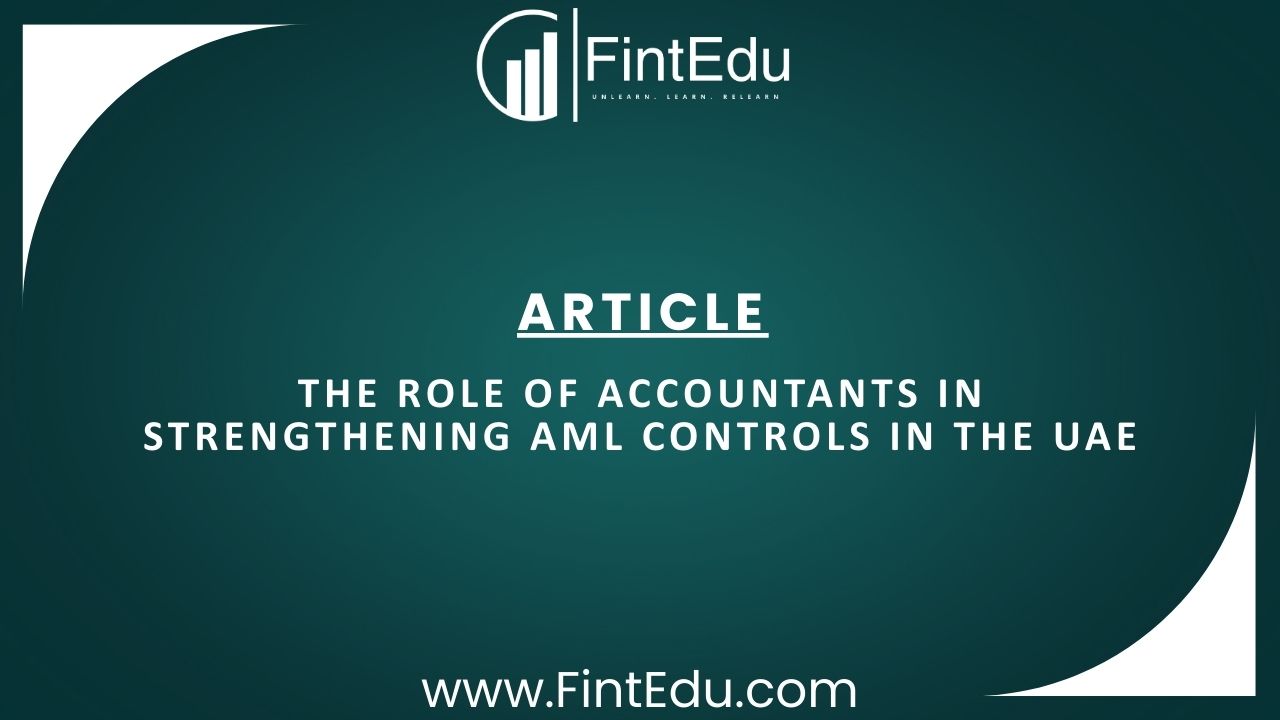LISTEN TO THIS ARTICLE
A Permanent Establishment (PE) refers to a fixed place of business through which a non-resident entity carries out its business activities in another jurisdiction, creating a taxable presence under local laws. Transfer Pricing governs the pricing of transactions between related entities across borders to ensure that profits are allocated fairly and align with the "arm's length principle."
When a PE exists, transfer pricing regulations play a crucial role in determining the profit attributable to the PE to prevent tax base erosion and ensure compliance with international tax norms.
Separate Entity Approach
The separate entity approach treats a PE as an independent enterprise distinct from its parent entity. According to Article 24(4) of the Corporate Tax Law, the income and expenditure of a PE must be determined as if it operates independently from the rest of the organization.
This concept is vital because transactions between a PE and its parent entity must meet the arm’s length principle, ensuring fair value is attributed to such dealings.
Two-Step Analysis for Profit Attribution
Step 1: Conducting a Functional Analysis
Functional analysis identifies the activities, assets, and risks associated with the PE and its parent entity. Key aspects include:
- Identifying the functions performed, i.e., identifying the activities of the pe such as procurement, sales, or support services;
- Determining the economic ownership of assets used in business operations, i.e. ownership over the fixed assets or patents;
- Allocating risks to the entity that bears and manages them; and
- Recognizing decision-makers critical to value creation and risk assumption.
For example, if a UAE PE supports procurement activities or operates as a licensee for a beauty brand in the UAE, the functional analysis should assess whether the PE assumes ownership risks, negotiates contracts, or merely facilitates transactions.
Step 2: Determining Arm’s Length Compensation
The second step involves assessing comparability between intra-group dealings and uncontrolled transactions. Here, various factors are considered such as the characteristics of property or services, economic circumstances, business strategies, agreement between the parties and their conduct in executing transactions.
Thereafter, appropriate transfer pricing methods are applied to determine the arm’s length price such as the Comparable Uncontrolled Price (CUP) or Cost Plus method. The selection of the most appropriate method and arriving at the arm’s length price must be adequately documented.
Case Studies
Real life scenarios are often complex. Here, we attempt to understand the concept with the help of simple examples.
Let’s say Company A, headquartered in Country X, has a UAE PE conducting procurement from unrelated suppliers in the UAE. The PE supports procurement but does not own goods or receive payment from customers. It earns a commission based on a percentage of the procurement cost, reflecting arm’s length compensation for similar independent entities.
In this scenario, the functional analysis identifies that the UAE PE assumes minimal risk and performs limited functions, justifying a commission model.
Similarly analogy would apply if the said UAE PE is engaged in providing market support or sale support services to its overseas parent on a cost plus basis. It bears limited risks and justifies an arm’s length price based on the cost plus model.
Conclusion
The concept of Permanent Establishment and profit attribution is integral to UAE Corporate Tax compliance. Through the separate entity approach and robust functional analysis, businesses can fairly allocate profits and costs, aligning with the Arm’s Length Principle. With proper documentation and adherence to guidelines, PEs can navigate the complexities of cross-border taxation seamlessly.
Disclaimer: Content posted is for informational and knowledge sharing purposes only, and is not intended to be a substitute for professional advice related to tax, finance or accounting. The view/interpretation of the publisher is based on the available Law, guidelines and information. Each reader should take due professional care before you act after reading the contents of that article/post. No warranty whatsoever is made that any of the articles are accurate and is not intended to provide, and should not be relied on for tax or accounting advice
Contributor
Related Posts

Accountants in the UAE are deeply involved in the financial lifecycle of businesses. From structurin...
Read MoreRTC Suite offers a comprehensive e-Invoicing solution designed to streamline tax compliance and inv...
Read More
UAE, 23 December, 2025: The UAE Ministry of Finance has issued Cabinet Decision No. 153 of 2025...
Read More